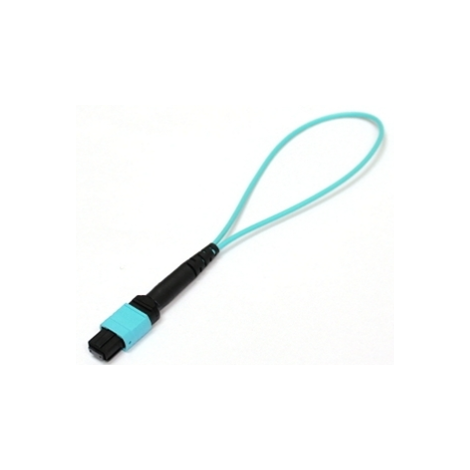

Exceeding this value provided by Sterlite in the Cable Data. The biggest difference between them is that fiber optic loopback module has an enclosure to protect the cable inside. Generally, there are two forms of fiber optic loopbacks: fiber optic loopback cable and fiber optic loopback module. The cable should never be loaded beyond its maximum tensile strength. Fiber optic loopback has two fiber optic connectors on each end of the cable. Cable Placing Tension: Optical cables are designed with a maximum tensile strength. Tight-jacketed cable LC connectors are designed with an elongated internal ferrule plug, which allows the fiber to move in tandem with the internal plug, thereby reducing potential for micro bends, increased insertion loss and fiber breakage. cable under load is 20 × D, where D is the diameter of cable the minimum bending radius of a fiber cable under no load is 15 × D. Loopback adapters are also available for testing SFF and SFP devices in numerous applications. The adapters are available in snap-mount or screw-mount configurations, ceramic or metal alignment sleeves, and can also be provided with safety shutters on one or both sides to help prevent eye injuries. Additionally, 45° and 90° boot options are available for 1.60mm and 2.00mm jacketed cable.Įight-port, quad, duplex and simplex LC mating adapters are available in blue, beige, green and aqua colors. With its six-position tuning feature, the connector may be used to achieve unprecedented insertion loss performance by optimizing the alignment of the fiber cores. LC connectors are available in industry standard beige (multimode), blue (singlemode) and green (angle polish) colors, and will accommodate 900μm buffered fiber, 1.60mm, 2.00mm, or 3.00mm jacketed cable. LC connectors reduce space requirements by 50%, over 2.50mm ferrule connectors, without sacrificing performance.


 0 kommentar(er)
0 kommentar(er)
